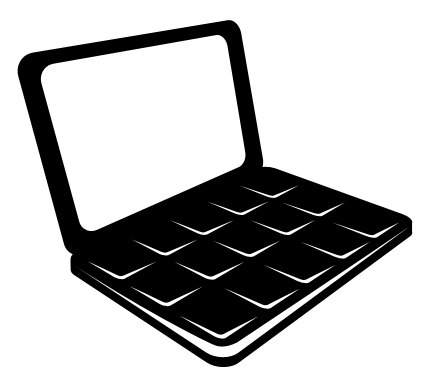Software as a Service (SaaS) is a phenomenon typical of the connected world. The idea: connect a low-powered computer A to a much faster computer B, which will run programs on A’s behalf. Many tech observers have observed that use of SaaS programs, which run ‘in the Cloud’ as opposed to on your personal computing device, has grown concurrently with the growth of the Internet as a whole. They’ve concluded that the two are entwined: that SaaS is somehow a defining feature of the modern web. This article argues against that. We’ll also go one step further. Using evidence from research magazine Bloomberg Business, open-source innovator Richard Stallman, and considering the recent security concerns evoked by the NSA, we will argue that SaaS is not on the rise at all: it’s close to death.
SaaS is contrasted with the ‘local delivery’ computing model. Traditionally, computer programs were purchased and installed locally, perhaps by popping a disc into a drive or downloading code and assets in a package from the web. While disc-based delivery is in decline – digital music outsold physical CDs for the first time in early 2012, according to Engadget – all-digital installations are thriving. This is partly due to deep digital purchase integration in the rapidly-growing consumer mobile market, such as the BlackBerry 10 BlackBerry World and iOS App Store.
SaaS’ delivery model involves minimal downloading of code or assets, and (regularly) subscription plans in the place of one-off licenses. This is a double-edged sword: consumers don’t need to spend time downloading applications, or use valuable storage on their local devices, but they do need to maintain ties to the SaaS provider for as long as they want to use the service. Richard Stallman, founder of the GNU and Free Software movements, says this violates the principles of ownership. He says it’s “unjust to the user”, as they’re forced to upload their data to a SaaS provider. That never happens for locally-executed software.
The issues surrounding SaaS might explain why businesses are starting to move away from the off-site delivery system. Bloomberg Business interviewed 300 North American directors and CEOs, of whom roughly half worked for firms from a range of industries and each turning over in excess of $1 billion a year. They noted a year-over-year (2010 vs. 2009) decline in mid-sized company adoption of SaaS for critical applications, from 14 percent to 8 percent. They also reported a decline in large company SaaS adoption for non-critical applications from 8 percent to 5 percent. While the stats are old, they seem to reflect an awareness of SaaS’s shortcomings: shortcomings that will have been magnified due to recent events.
While there is plenty of data to support the notion that SaaS will continue to grow, especially from the Gartner Group, businesses are growing wary of the lack of security private data enjoys while in the hands of an external agency. For critical applications, especially those involving sensitive data, SaaS is becoming decreasingly attractive. As internal infrastructures move back towards local, secure storage and application execution environments, the notion of ‘Software as a Service’ will die out completely.


